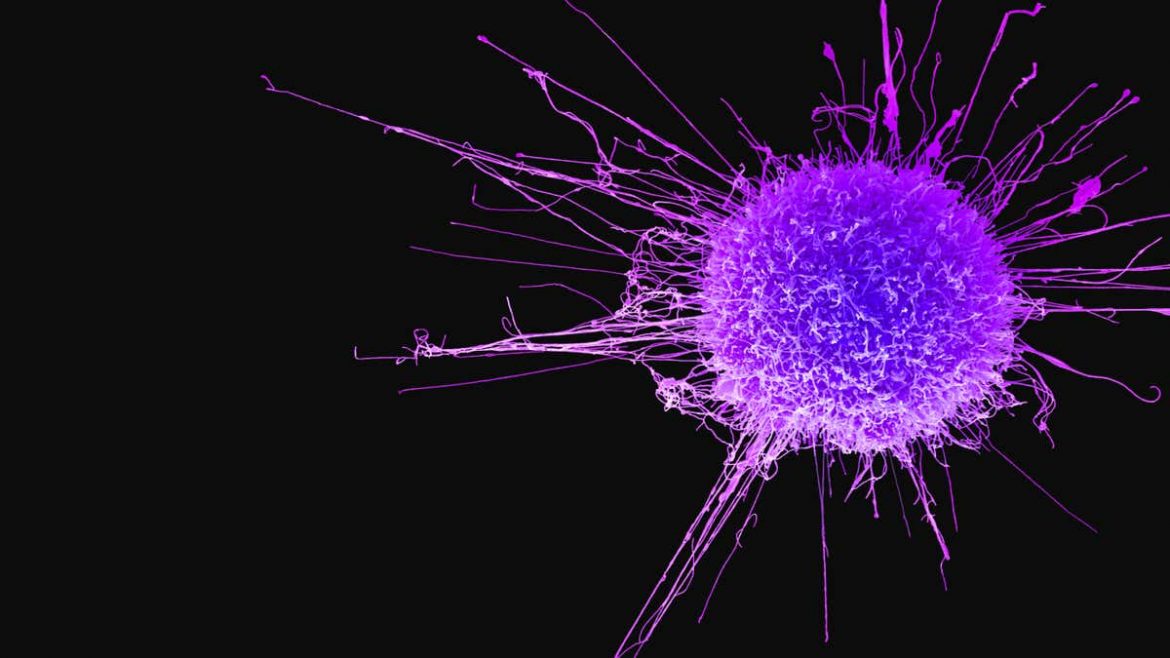An international team of researchers has found how cancer cells exposed to high-viscosity settings alter their movement in order to increase their invasiveness and facilitate metastasis. The research identify new targets for the development of potential cancer therapeutics.
Understanding how cancer cells travel and make decisions in these limited habitats is critical since metastases cause 90% of cancer-related deaths.
The labs of Dr. Konstantinos Konstantopoulos of Johns Hopkins University and of Dr. Miguel A. Valverde of UPF, together with teams from the USA and Canada, have been working together over the past six years to unravel how cancer cells use ion movement through mechanically activated ion channels -stimuli that deform cell membranes- to adapt their movement to different mechanical stresses and environments. The results of this research have been published in two studies in the journals Nature and Nature Communications.
In these two new studies, the scientists asked themselves:
1) how cancer cells polarize ion transport mechanisms in the leading edge and trailing edge of the cells to move through narrow spaces; and
2) how cancer cells optimize movement when fluid viscosity is high.
To address these important questions, they studied the movement of cells in three-dimensional media generated using bioengineering techniques, which resemble the pathways along which cells normally move in our bodies. Key proteins were located within the cell using high-resolution microscopy, cell volume, ion movements and electrical activity were recorded, and they evaluated how the expression of different genes that are important for the progression of cancer changes.
In the first study, published in Nature Communications, the international team found that cancer cells can move in confined spaces by simply taking in water at the leading edge of the cell and releasing it at the trailing edge. They do so without the need to establish molecular interactions with the walls of the surrounding tissue. “It works like a hydraulic propeller, similar to the device that Tom Clancy fictionalized to propel a submarine in his novel The Hunt for Red October,” Dr. Miguel Valverde explains.
“Cancer cells can move in confined spaces by simply transferring water from the leading edge to the trailing edge of the cell.”
At real life, this is feasible because cells accumulate an ion transport mechanism, the sodium/proton exchanger (NHE1), in their leading edge, which charges the cell with sodium, increasing osmotic pressure and favouring water entry into the cell.
Simultaneously, cancer cells concentrate the SWELL1 protein at their leading edge. SWELL1 (also known as LRRC8A) is a chloride channel that is triggered by increases in cellular water content and allows chloride and water to leave.
Cell mobility is enabled by the coordinated activity of these two ion transport systems on the leading and trailing edges.
More crucially, the study demonstrates that the functioning of these two systems is required for cancer cells to travel outside of blood arteries and for metastasis to occur.





